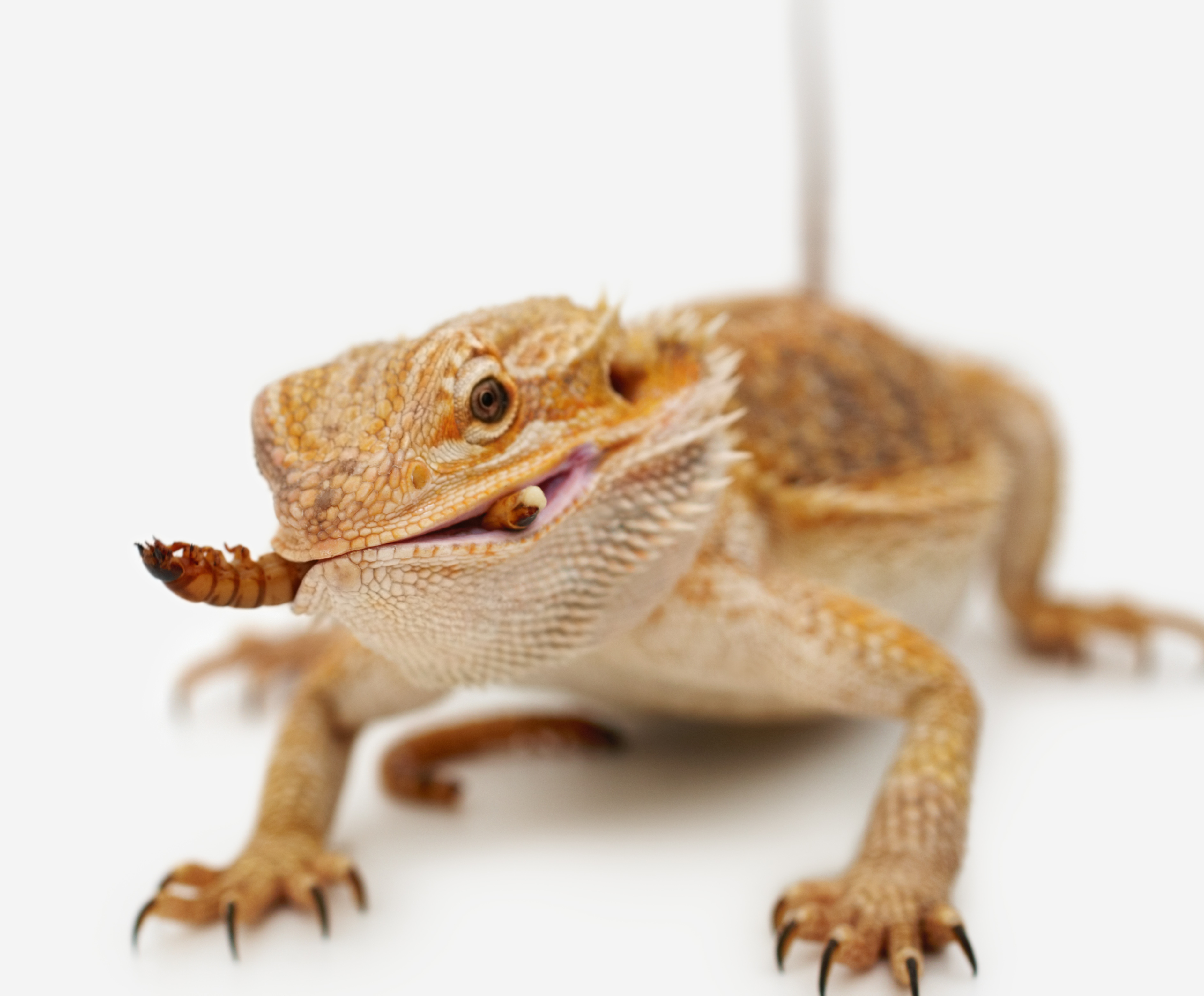Bugs are Big Business
Erik J. Martin //December 14, 2016//
They’re the most plentiful creatures on earth—skittering about by the billions from leaf to soil and undulating endlessly beneath the surface. Herps devour them ravenously, and reptile owners who care about their pets have learned to handle them, literally, and overcome their phobias.
They are insects. And if you’re a reptile retailer determined to grow your business, they deserve a place in your establishment.
Grub Hub
Rich Shannon, manager of Repxotica, a pet store in New York City, says carrying live feed is worth it—even though it means micro maintenance of creepy crawlies on site.
“You want to be a one-stop shop where customers can get all the reptile supplies they need in one location,” he said. “Some of these insects and worms provide higher profit margins than others, but many of these species are worth offering because consumers today have high demand for them.”
The key to stocking healthy live feed is to choose reputable suppliers that breed quality insects and worms with a relatively long shelf life. Many pet retailers partner with local suppliers, while others rely on major players like Timberline Live Pet Foods (which offers the Vita-Bugs line of crickets, mealworms, giant mealworms, superworms, waxworms and other options), Mulberry Farms, Reptilefood.com, Josh’s Frogs and other companies.
To save more money and eliminate the middleman, some pet stores offer homegrown live pet feeders.
“I personally breed crickets, roaches and superworms right here in the store to cut down on costs,” Shannon said. “Once you get the routine down, it’s fairly easy to do.”
In-demand Insects
Crickets, mealworms, superworms and waxworms may sit at the top of the reptile live food chain, but they aren’t the only bugs worth considering: flour beetles, flightless and normal fruit flies, silkworms, harvester ants and springtails are among the latest invertebrate breeds that retailers are stocking.
“Soldier fly larvae, horned worms and roaches are also newer items available as live feed,” said Jason Oneppo, research and development manager for San Francisco Bay Brand/Healthy Herp in Newark, California. “Additionally, several types of insects are now available gut-loaded with all the necessary vitamins and, in the case of some, such as soldier fly larvae, containing high levels of calcium.”
Shannon says many of his shoppers have switched from crickets and superworms to Dubia roaches (also known as the tropical spotted roach) and butter worms, which cost the consumer more, but can provide better nutritional value.
“Customers are coming in pre-educated about how butter worms and roaches are packed with more protein, calcium and other nutritional benefits,” Shannon said. “We tell them that the protein in one roach is equal to about five crickets and the calcium in one butter worm is equivalent to about six crickets.”
Addie Schuhle of Phoenix-based Pet Food Depot advised retailers not to overlook the profit potential in live or pre-killed rodents, popular among snake owners.
“Frozen and live mice are, by far, our biggest seller, followed by rats, mealworms and crickets,” Schuhle said. “Frozen mice and rats are much easier because they can’t escape. For this reason, I suggest offering frozen every time a customer asks for a rat or mouse.”
Successful Merchandising
If you are selling prepackaged insects, make sure to rotate inventory regularly and inspect your goods on hand.
“It’s important to train employees to pop off the container lids, swish around the bedding and make sure the contents are still alive—if they appear black or have a foul smell, they are likely dead,” Oneppo said. “When customers see that you put this much care into selling a tub of bugs, it will build a better, stronger and longer-lasting relationship.”
Oneppo recommended stacking live insect containers near the front counter or within your reptile department for quick grab-and-go customer convenience. He also noted the importance of making insects that need refrigeration visible to customers.
“Some of the insects could be stored at room temperature within the store, while others need to be refrigerated, such as certain worms,” he said. “I recommend keeping these items in a glass door refrigerator so the customers can see what’s inside and will more likely help themselves to these items, as opposed to them being kept in a regular fridge, which may intimidate a customer from opening it if they are afraid of what they might find inside.”



















